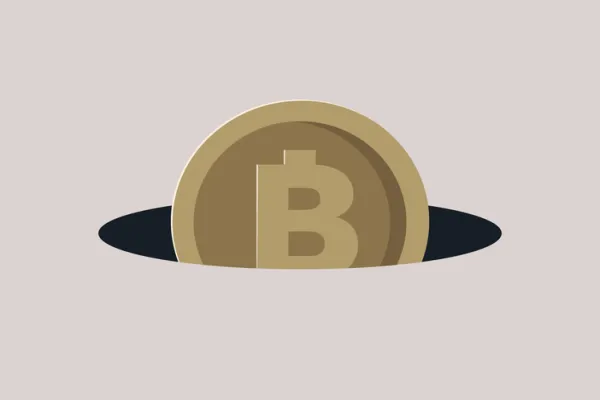Ludovic Phalippou, the professor of financial economics at the University of Oxford Said Business School who is also known as the Cassandra of private equity, has a stern warning for the individual U.S. investors who will now be able to plunk a portion of their 401(k)s into the alternative asset class of private equity.
The private equity industry has long extolled the benefits of “democratizing” this market, and last week President Trump signed an executive order that will allow plan managers to add private equity as well as crypto to retirement savings accounts.
But “access is not empowerment,” Phalippou wrote in a recent paper posted on SSRN. “Real democratization requires oversight, transparency, and accountability,” he said, not the “wild west” that defines the private equity market today.
“Giving individual investors exposure to a high-fee, opaque, conflict-ridden asset class — marketed using gameable metrics and de facto fictional track records — is not governance for the people,” he wrote in the paper, which was originally published by the Investments & Wealth Institute. “You can’t call it democratization if the system is designed to benefit the insiders while leaving the public exposed to risks that they may not understand.”
The private equity industry has long lobbied for the change, but access to the retail market has become more enticing in recent years as fundraising from institutional investors has fallen sharply. As Institutional Investor recently reported, investors in private equity are not getting enough money back from prior private equity investments to fund the capital calls for new funds. Since 2018, capital calls have exceeded distributions to investors by $1.5 trillion, according to Morgan Stanley.
The $12 trillion pool of 401(k) account money in the U.S. could be a godsend to managers in search of capital. But the executive order is a sharp departure from the regulations that have been required to protect these investors from harm, Phalippou argued.
“You cannot have thousands of pages of regulation when individuals buy mutual funds and suddenly a wild west when it comes to private equity,” he said.
For years, proponents of alternative investments have argued that individual investors without significant means are being robbed of an investment strategy that has been more profitable and less risky that the stock market. But those returns have fallen over time, and the risks of the illiquid assets have become more apparent as distributions have fizzled since 2022.
Phalippou’s body of research, much of which he repeated in this piece, has long questioned private equity performance. Looking at the 10-Ks of some of the publicly traded private equity firms, he noted that if their cumulative returns, as expressed by their gross internal rate of return, are accurate, then it would appear that “these private equity firms have managed to defy the laws of mathematics, economics, and reality.” It would mean that a $31 million fund launched in 1976 compounding at 26 percent a year would be worth $2.6 trillion today. Such funds do not exist.
That’s because IRR is not a rate of return, but a “mathematical artifact,” he said. “It assumes every dollar distributed is reinvested at the same rate it was earned,” which means it cannot be compared to market indices. He claimed that MOIC, or multiples of invested capital, is a “marginally better” performance metric but also “vulnerable to manipulation.”







